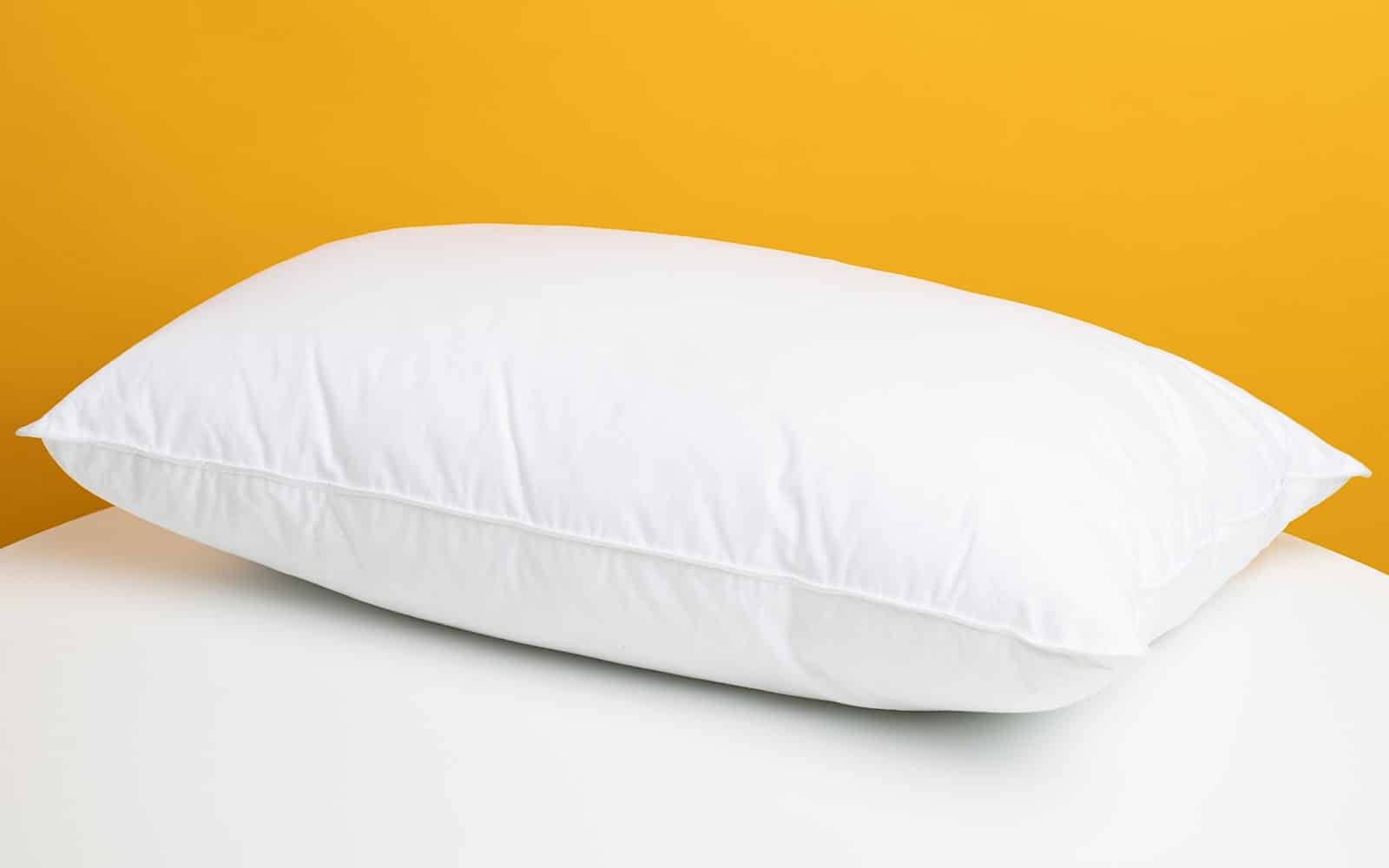This week on The Wrap, learn about new sound gear, fleeceware, Apple’s big event this year, and Google’s sleep tracking tech. All that and more in five.
Subscribe to The Wrap at Apple Podcasts…Transcript
For the beginning of April 2021, you’re tuned into The Wrap, Australia’s fastest technology round-up, and now that we’re in the second quarter of the year, things are really beginning to shape up. So let’s get stuck in and tell you what’s coming in the world of technology, starting with something to keep you a little safe.
We probably don’t need to tell you that the web can be filled with things that are out to get you, from scams to malware to ransomware, and while you don’t really need to be scared, it’s best to be informed, and to stay informed.
This week, we heard news of a new type of “ware” that you should know about called “fleeceware” that’s picking up steam. Basically, it’s a type of app that comes as a trial, and charges you after three days.
If you don’t uninstall, the app charges can be severe, and they’re for basic apps, too. Palm readers, image editors, camera filters, and slime simulators may do this, so make sure to read the terms of an app before you download, otherwise you might be fleeced.
With regards to other forms of internet nasties, while Telstra is doing its thing trying to block call based scams on its network and for mobile operators using its network, Optus has taken a different approach, teaming up with McAfee for a service that can block traffic to sites that have security flaws.
It happens on the router end for Optus subscribers, and is an optional extra for five bucks per month for anyone not on a family broadband plan, but it means some of the security woes can be taken care of by the telco.
This sort of approach isn’t entirely new. D-Link and McAfee have a router that does it, and both Norton and Trend Micro tried it on a hardware level in prior years. This is just a telco getting in and trying to help. As to whether it will work or not, that remains to be seen, but with the number of security issues popping up lately, anything will help.
Elsewhere this week in tech, Apple announced that its Worldwide Developers Conference, WWDC, would be online and free again this year, because the coronavirus hasn’t quite been vanquished. What will be announced? We’re not sure, but our guess is you can expect some hardware hints, and more likely, new versions of macOS, iOS, and iPad OS.
Belkin’s MagSafe gear is finally heading to stores, only about six months after being announced alongside the iPhone 12 range. And we’re expecting it’ll be another six months or so before the iPhone 13 range is announced. Hard to believe.
The James Dyson Award is open this year for inventors in uni with an idea that can solve a problem, and it could go on to help shape their life.
And Motorola launched some new phones this week, with the G10 and G30 covering the mid-range, while the E series E7 and E7 Power cover the bottom end. They’ll all sit under $300, because budget to mid-range is where it’s at for this Moto release.
And much of the rest of the week was about sound.
There are new speakers and subwoofers on the way from SVS, Rode has a new video mic for USB C Android phones in the VideoMic Me-C, and Bang & Olufsen has a new pair of headphones coming in the Beoplay Portal, what is basically a pair of wireless noise cancelling headphones that also work with the Xbox Wireless protocol. They’ll work with your phone and other devices that support Bluetooth, but the Beoplay Portal are Bang & Olufsen’s first stab at gaming headphones, and at $840 in Australia, luxury gaming headphones at that.
And there was also a new gadget we reviewed this week, as Google updated the Nest Hub, its first smart screen, releasing the Nest Hub 2nd gen, also know as the 2021 Nest Hub. And like the original model released three years ago in 2018, there’s a 7 inch screen mounted to a speaker with microphones you can talk to. When you talk to it, your words will appear, and possibly something else. News, recipes, videos. We were watching Tangled with our children the other day, because Disney Plus is supported, too.
The new features are more sound, which is nice, but also radar and sleep sensing. The radar is Google’s Soli tech, last seen on the Pixel 4, and it’s used for gesture control which is largely useless.
But the sleep technology is more interesting because SleepSense, as it’s called, is meant to track you sleeping without you wearing a thing. No wearables. That’s a better use of the radar technology, and after a few days, it isn’t bad, though it doesn’t really offer anything truly insightful.
It’s not like the sleep tracking Withings offers in its bed tracker, and while it can tell you when you should go to bed and if you’re coughing or snoring, we feel it’s one of those things that will need improvement over time.
Otherwise, the Nest Hub is still as nice as it ever was, and relatively inexpensive at $149, but it can be a little slow. Google needs to fire out a patch for this ASAP, and get the speed up. However, it’s worth checking out for either beside the bed or the kitchen, though if you can find the last model, you might be able to save 50 bucks without the sleep tracking.
For now, you’ve been listening to The Wrap, Australia’s fastest technology roundup. A new episode can be found every week at Listnr, Spotify, and Apple Podcasts, but for now, have a great week. Stay safe, stay sane, and take care.





